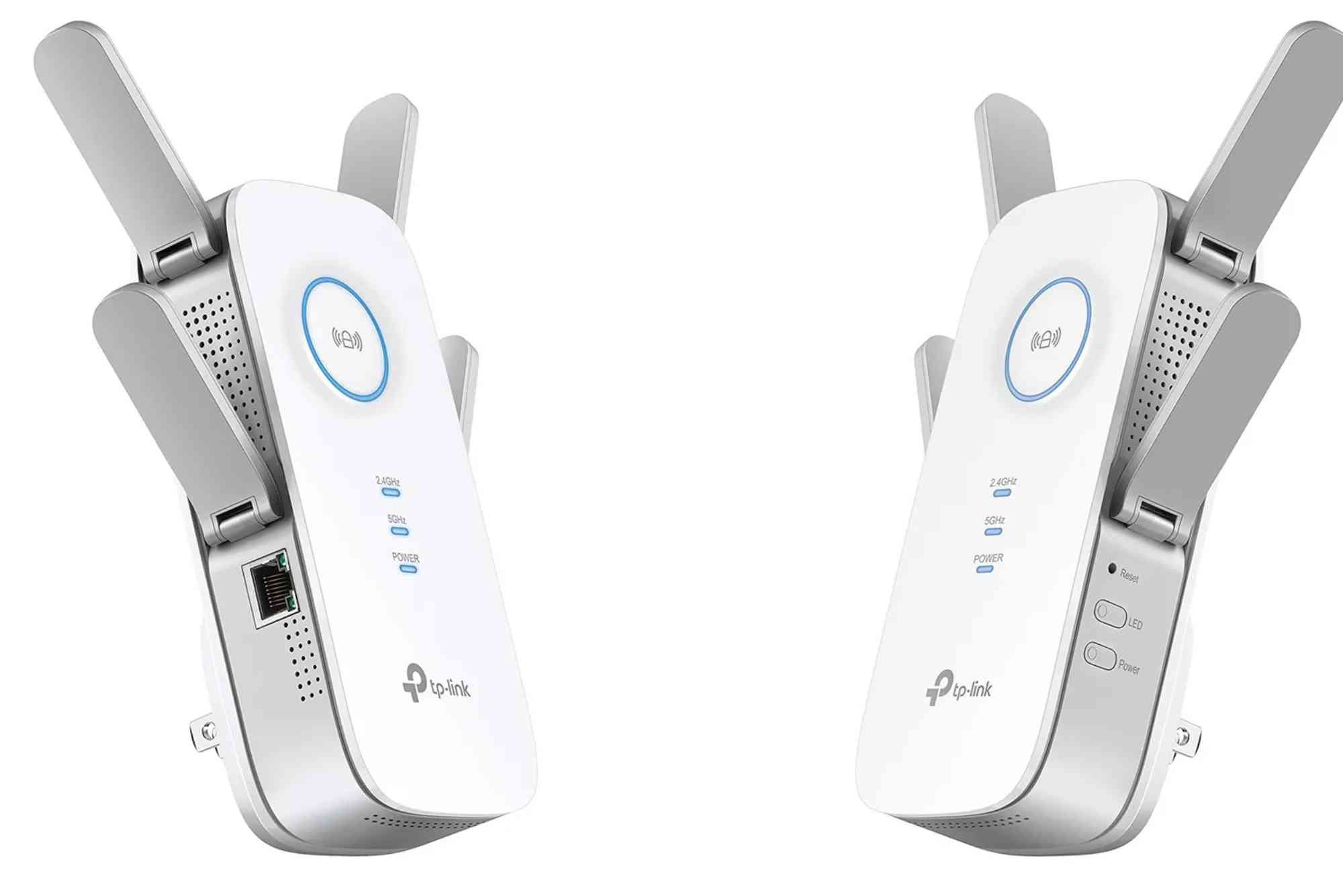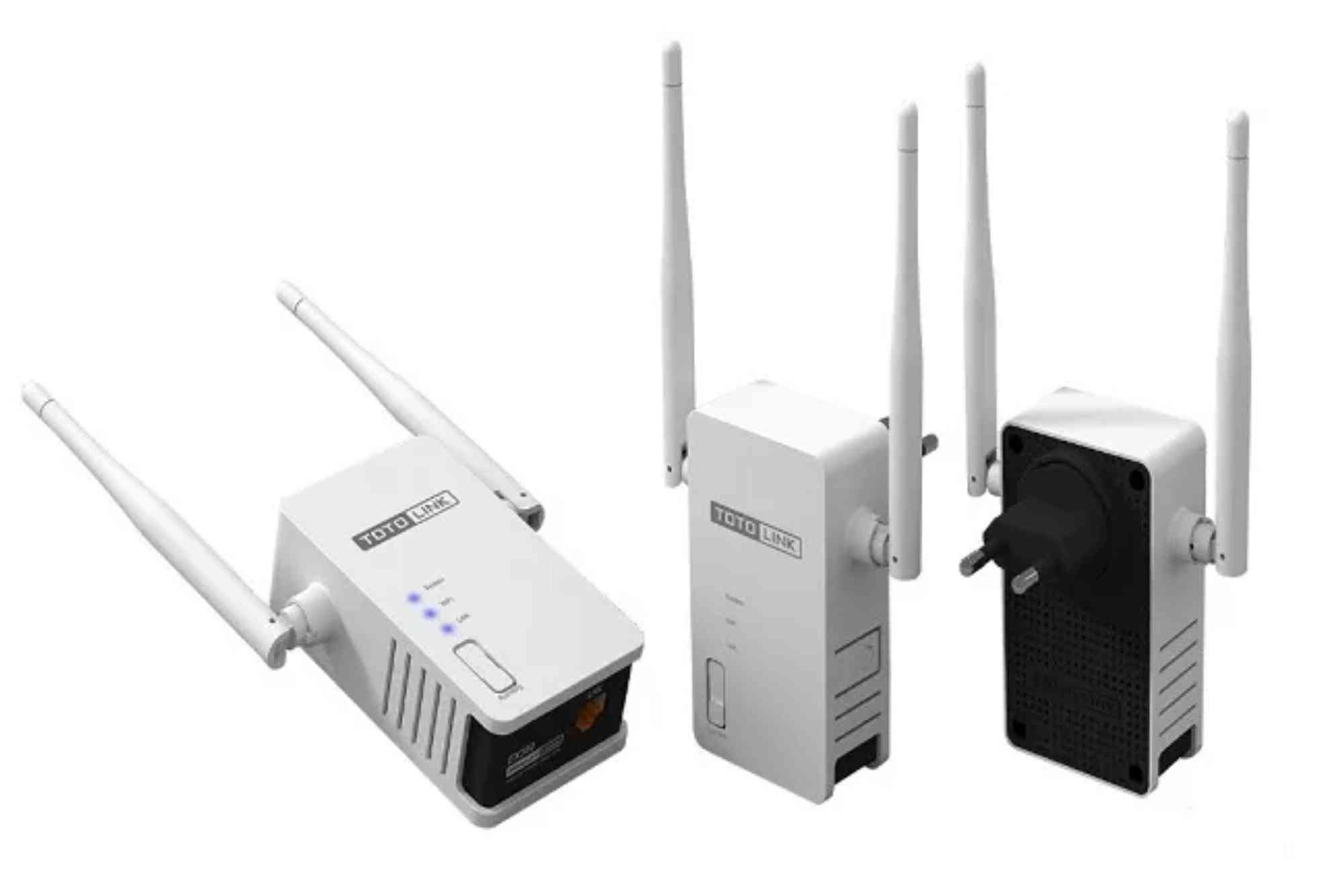A Wi-Fi range extender is a handy device that boosts your wireless coverage, helping you stay connected even in distant corners of your home or office. However, when your Wi-Fi range extender drops connection, frustration quickly sets in. You might notice slow speeds, unstable signals, or complete disconnections, especially during video calls, gaming sessions, or streaming. If you’re experiencing this, don’t worry — there are several ways to fix it and regain consistent internet access.
This guide will walk you through expert-backed methods to resolve extender connection issues, understand why they occur, and keep your Wi-Fi stable for the long term.
Understanding Why Your Wi-Fi Range Extender Drops Connection
Before jumping into solutions, it’s important to understand why your Wi-Fi range extender might keep dropping the connection. The issue can stem from multiple causes, including weak signal strength, incorrect setup, outdated firmware, or even interference from nearby devices.
When the extender is too far from your main router, the signal it repeats is already weak. As a result, your devices connect to an unstable network. Similarly, incorrect placement, such as behind thick walls or near metal objects, can also weaken the signal.
Sometimes, it’s a software problem — outdated firmware or mismatched settings between your router and extender may trigger repeated disconnections.
How to Fix Wi-Fi Range Extender Dropping Connection
Now that we know the common causes, let’s explore practical solutions to fix your Wi-Fi range extender’s connection issues and improve your wireless stability.
Check the Placement of Your Range Extender
The first step to fixing connection drops is positioning. Place your extender halfway between your router and the area with poor Wi-Fi coverage. Avoid walls, microwaves, or metal furniture, as these can block signals. Ideally, keep it in an open space with a direct line of sight to your router.
If you notice the signal dropping frequently, try moving the extender closer to your main router. A stronger input signal ensures better output to connected devices.
Ensure a Stable Router Connection
Your range extender relies on your main router’s signal. If the router itself has issues, the extender will also struggle. Check your router for firmware updates, restart it regularly, and confirm that it’s not overheating.
Make sure your router is placed centrally in your home, preferably elevated, to allow for even signal distribution. A weak router foundation leads to unreliable extension, no matter how powerful your range extender is.
Update Your Extender’s Firmware
Outdated firmware is a common reason a Wi-Fi range extender drops connection. Manufacturers often release updates to improve performance, enhance compatibility, and fix bugs.
Visit your extender manufacturer’s official website or log into the extender’s admin panel. You’ll typically find a firmware update option under “Maintenance” or “System.” Download and install the latest version, then restart your device.
Reduce Wi-Fi Interference
Electronic interference can disrupt your extender’s connection. Devices like cordless phones, Bluetooth speakers, baby monitors, and microwave ovens operate on similar frequencies (especially 2.4GHz) and can interfere with your extender’s signal.
Switch your extender and router to the 5GHz band if both support it. This frequency experiences less interference and offers faster speeds, although with slightly less range.
Check for IP Address Conflicts
Another overlooked reason your extender drops connection is IP conflicts. If your router and extender share overlapping IP addresses, devices may fail to connect properly.
Log in to your extender’s admin interface and ensure it’s set to “DHCP” mode, allowing the router to automatically assign IPs. Alternatively, you can manually assign a static IP address outside your router’s main DHCP range to prevent conflicts.
Use the Same SSID for Seamless Connectivity
Many users mistakenly use different network names (SSIDs) for the extender and router. While this can help identify networks, it often causes disconnections as devices try to switch between signals.
To fix this, set the same SSID and password for both the router and extender. This creates a seamless network that allows devices to move around your home without dropping the connection.
Restart Your Devices Regularly
Just like computers and smartphones, Wi-Fi devices benefit from a simple reboot. Restarting your range extender and router clears cache, refreshes connections, and resolves temporary glitches.
Unplug both devices for about 30 seconds, then reconnect the router first, followed by the extender. Once both are back online, check if your Wi-Fi connection stabilizes.
Reset and Reconfigure Your Extender
If the issue persists despite trying all fixes, consider resetting your extender to factory settings. Press and hold the reset button (usually located on the back) for 10 seconds until the lights blink.
Then, reconfigure it using the setup wizard or WPS button method. Make sure you follow the manufacturer’s latest setup instructions, as improper configuration can cause the extender to keep dropping connections.
Upgrade Your Equipment
Sometimes, no amount of tweaking can fix a hardware limitation. If your extender or router is several years old, it might not support modern Wi-Fi standards like Wi-Fi 6. Upgrading to newer equipment improves range, speed, and connection stability.
Look for dual-band or tri-band extenders that can manage multiple devices efficiently. Investing in high-quality networking gear ensures better performance and fewer dropouts.
Contact Professional Support
If you’ve tried everything and your extender still drops the connection, it may be time to contact support. Reputable service providers, such as Dhanote Internet Services, can help diagnose your network setup and recommend solutions tailored to your environment.
Expert technicians can identify issues that are not always visible to users, such as firmware conflicts, faulty adapters, or hidden interference sources.
FAQ: Fixing Wi-Fi Range Extender Connection Drops
Why does my Wi-Fi range extender keep disconnecting?
Your Wi-Fi range extender drops connection due to weak signals, interference, outdated firmware, or incorrect setup. Relocating the extender and updating firmware often helps.
How do I know if my Wi-Fi extender is too far from the router?
If the extender’s signal indicator shows low strength or your connection is unstable, it’s likely too far. Move it closer until the signal light turns solid or green.
Can using the same Wi-Fi name (SSID) fix disconnections?
Yes. Using the same SSID for your router and extender allows seamless roaming between them, reducing connection drops when you move around.
Should I use 2.4GHz or 5GHz for my range extender?
The 5GHz band offers faster speeds and less interference, while 2.4GHz provides broader coverage. For best results, use dual-band extenders that support both frequencies.
How often should I restart my Wi-Fi extender?
Restarting your extender once every week helps clear cache and improve stability. It’s a simple maintenance step that can prevent future dropouts.
Keep Your Wi-Fi Connection Strong
A Wi-Fi range extender dropping connection can disrupt your productivity and entertainment, but it’s not a permanent problem. By adjusting placement, updating firmware, managing interference, and ensuring proper configuration, you can enjoy a stable and fast wireless network again.








